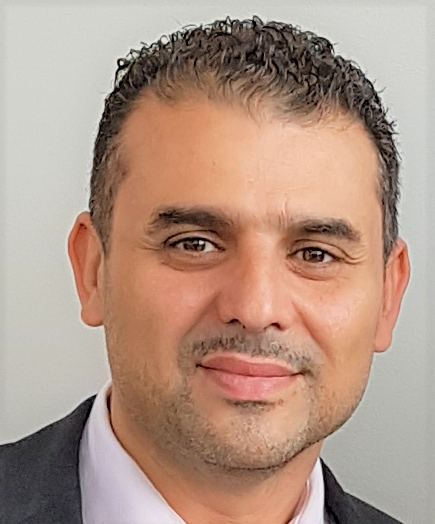Cited By
View all- Wen HSong XChen XWei YNie LChua THui Yang GWang HHan SHauff CZuccon GZhang Y(2024)Simple but Effective Raw-Data Level Multimodal Fusion for Composed Image RetrievalProceedings of the 47th International ACM SIGIR Conference on Research and Development in Information Retrieval10.1145/3626772.3657727(229-239)Online publication date: 10-Jul-2024


